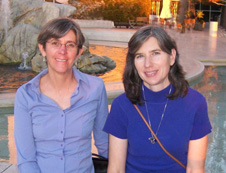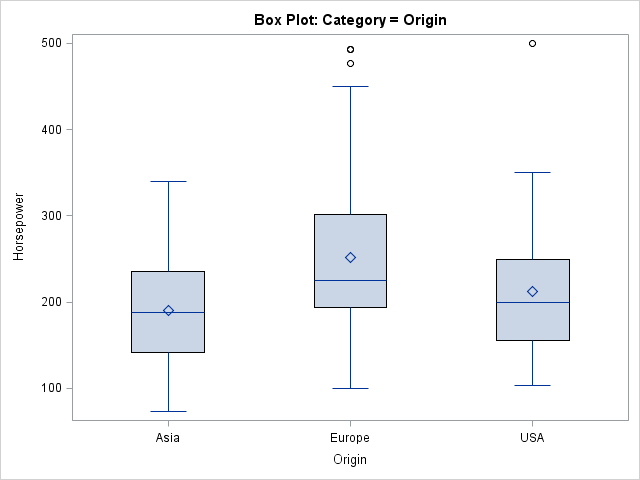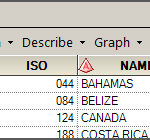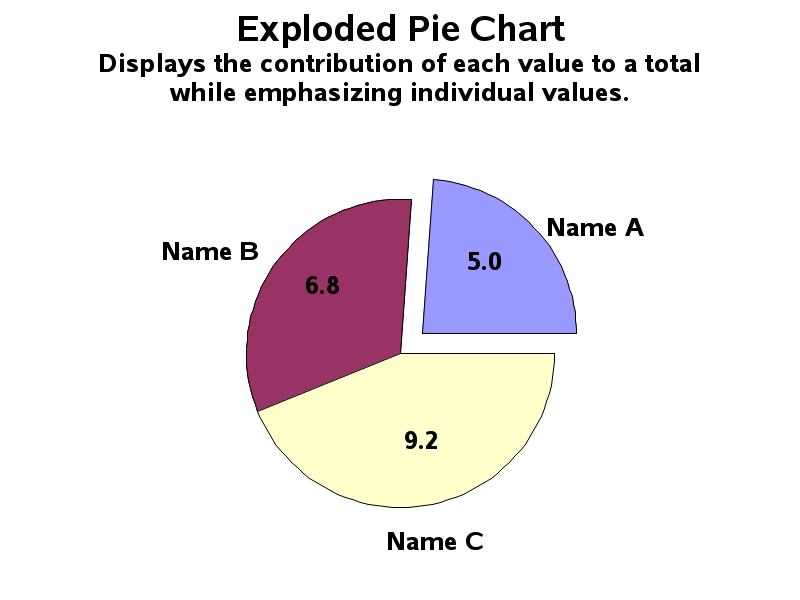
Government pensions at the state and local government level have come under attack in recent years over their viability. Much of this attack has been political and is being used to go after unions and pensioners who tend to support one party or another. State and local governments work hard to maintain viable






























